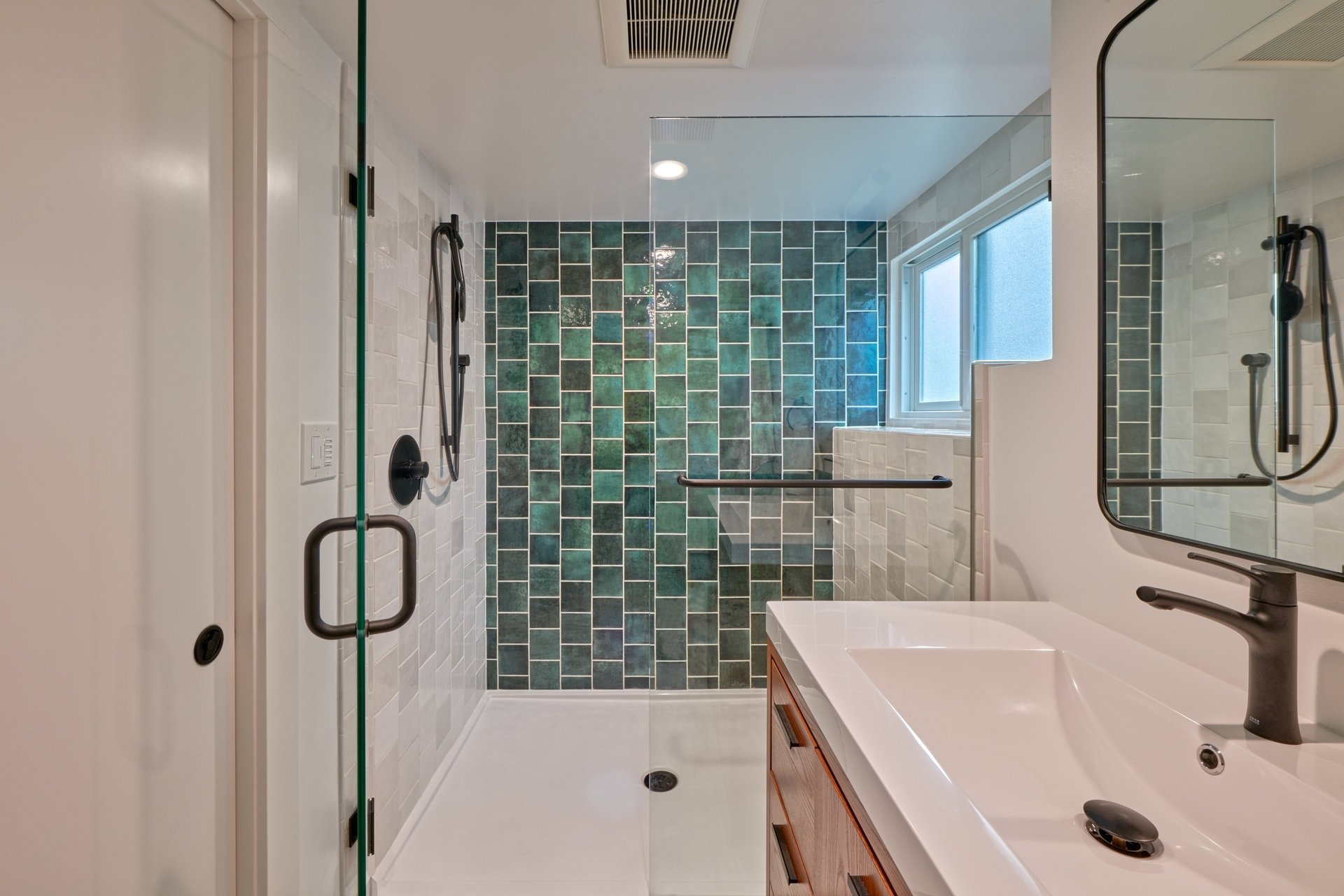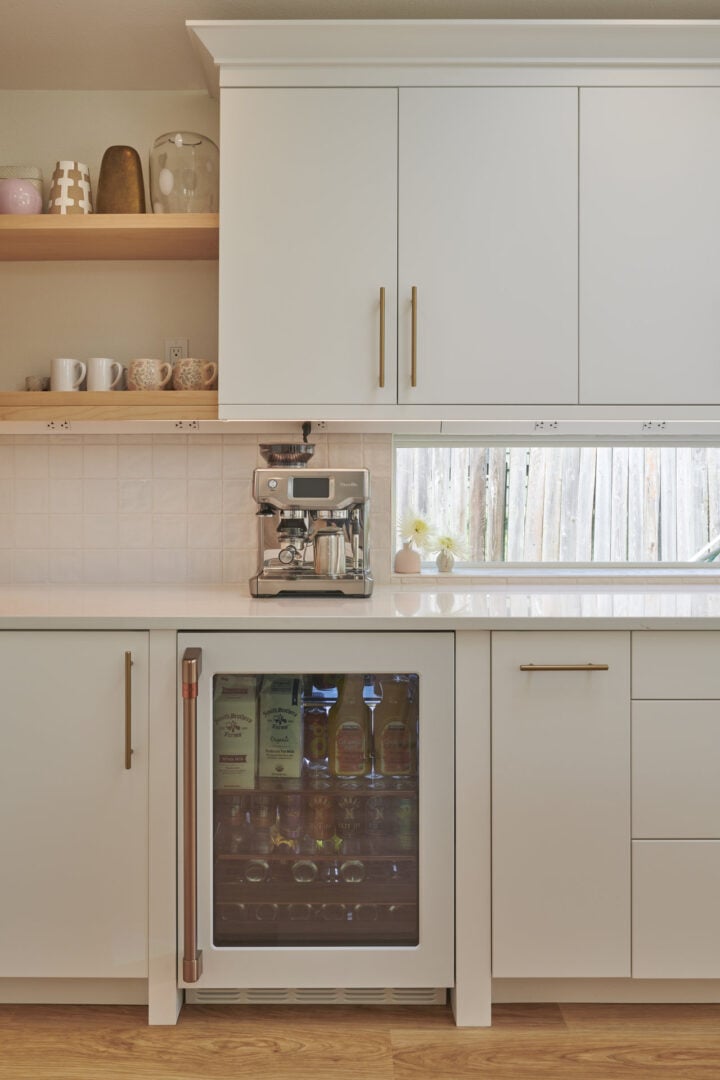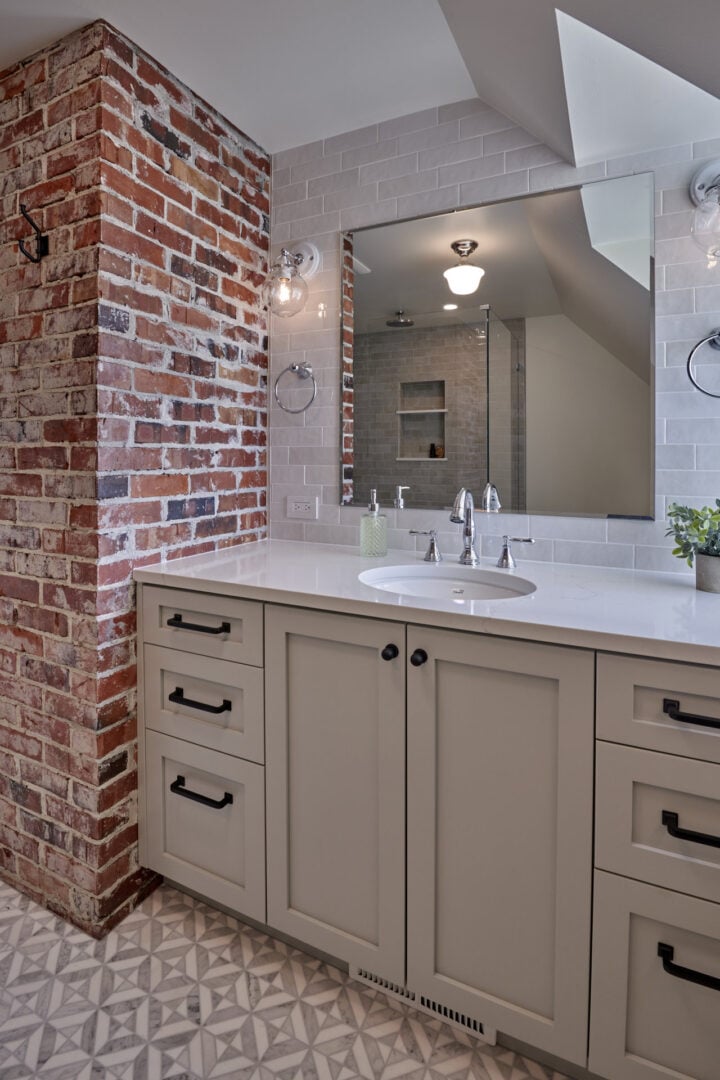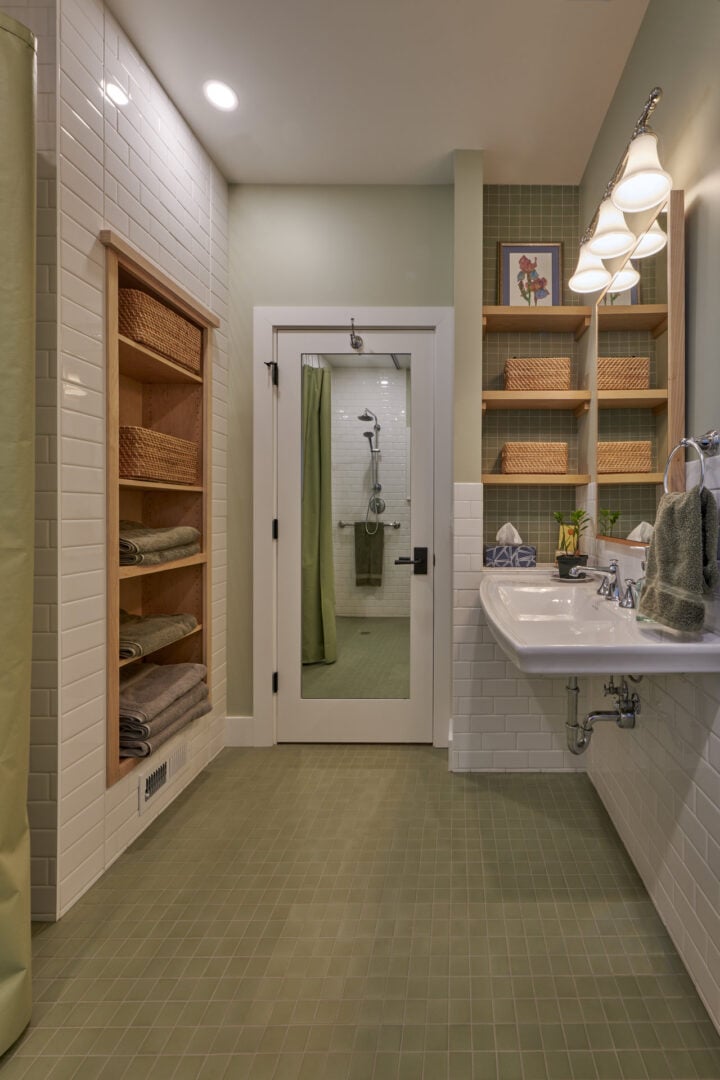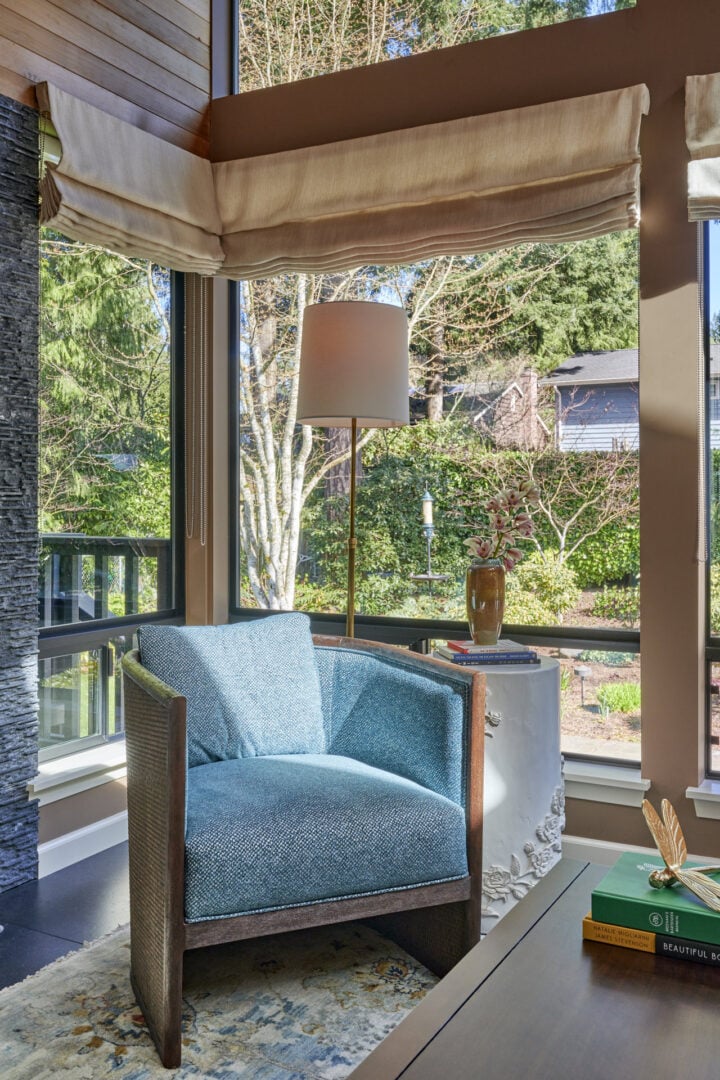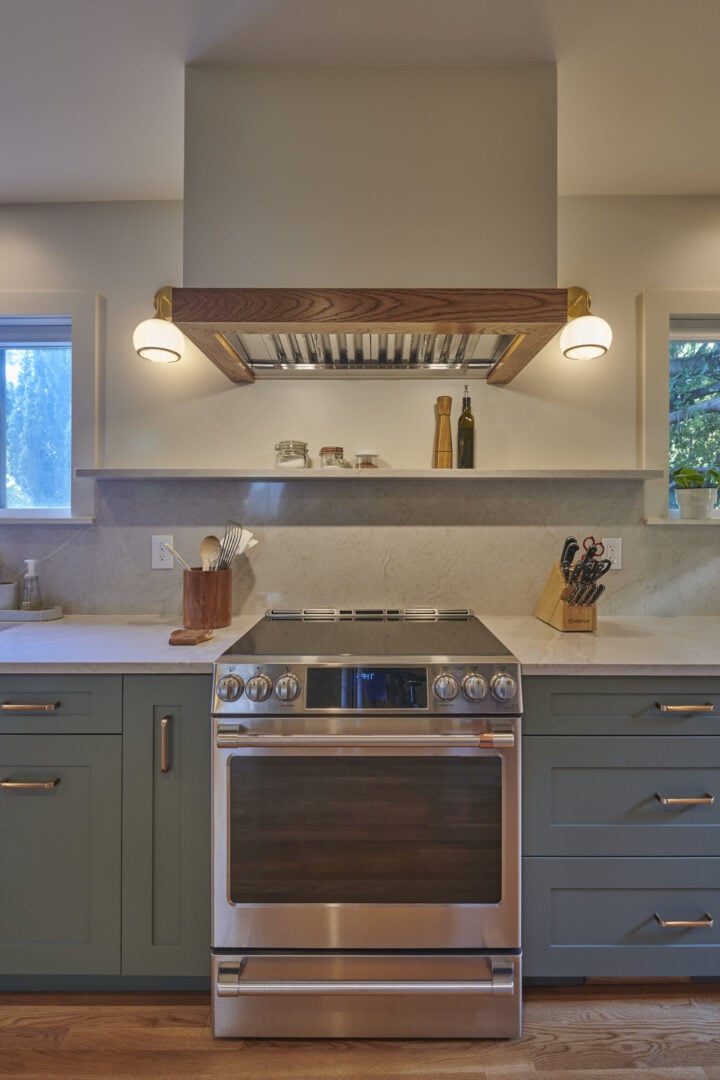
As a homeowner, you have many choices when it comes to purchasing furniture and home accessories. You can shop online, brave the big box stores, or browse local boutiques. Another option that many buyers overlook are design centers.
What is a design center?
Located in many larger cities, design centers are usually large buildings filled with showrooms that cater to the interior design and architectural communities. In Seattle, we have the 156,000-square-foot Seattle Design Center, located in the Georgetown neighborhood.
Are design centers open to the public?
In the past, many design centers were closed to browsing, unless you were accompanied by a design professional. These days most design centers welcome the public. However, when you are ready to make a purchase, many showrooms require that you do so through a design professional. Even when direct purchase is an option, you may want to work with a design professional anyway. “We require everyone to purchase through a designer to ultimately help you refine your design decisions,” writes the Seattle Design Center. “Trying to order custom, made-to-order pieces is a difficult process for anyone who isn’t familiar with shopping through a showroom.”
How does pricing work at a design center?
When you walk into a design center, you may notice that the pricing is handled a little differently than in a retail furniture showroom. Some items are tagged with the retail price, while others may have no price tag at all. That’s because you are usually looking at a floor sample that can be customized in many different ways. If you are purchasing a sofa, for instance, the price you pay will be based on the upholstery you select, the size of the piece, the legs you select, the fill material in the cushions, trim details, or other factors.
When your designer makes a purchase on your behalf, the price he or she pays (also called the “net price”) will typically be 20% to 40% less than the retail price tag. Some designers, especially those who charge an hourly fee, will pass some or all of that discount along to you. Others may charge you full retail. The designer’s markup or hourly rate covers services related to the design, sourcing, research, ordering, tracking, receiving, and installation of the pieces. At CRD, we charge our standard hourly rate for design and are usually able to pass our discount along to the client.
The benefits of buying at a design center
- Choice: With so many showrooms gathered in one place, design centers can be a convenient way to browse many different lines of furniture and accessories in one trip.
- Customization: One of the main benefits is that you can order furniture, window treatments, and accessories that will be custom built. Unlike furniture at a typical ready-made retail store, your pieces will be made just for you. If you value unique, bespoke design, then you will no doubt love all the choices available to you.
- Quality: Prices at design centers are typically higher than your standard ready-made furniture store, but you can expect the quality to be much higher. These are pieces that are built by hand and are made to last for decades.
Retail designer showrooms
Another option to consider when shopping for furniture and home goods are retail designer showrooms. These do offer customization choices, although not quite as many as a to-the-trade design center. You may be able to get a discount if you are working with a designer. The experience is similar to shopping at a design center, but the retail showroom can sell directly to you (the consumer) and arrange for delivery. Here are a few of our favorites:
Traditional retail
Traditional home furnishings stores sell directly to the public via retail locations and mail-order. They may be your best bet if you are not working with an interior designer because the trade discount they offer is much smaller than that of a design center or retail design showroom. Some have their own in-house design team, which can help you make selections but typically don’t offer the same level of service that a dedicated interior design firm would. Retail stores do offer some degree of customization on upholstered furniture (like choice of textile), but they also sell ready-made pieces that can ship quickly. Retail prices at direct-to-consumer home stores are typically lower than at the more custom options above, but quality can be lower.
When comparing prices, it’s important to take a close look at the details: Is the piece made in the United States, or is it a cheap knockoff of someone else’s design? For instance, many to-the-trade case goods—cabinets, chests, tables, and other wood furniture—are still made by hand in the United States. Fine Italian furniture purchased through your interior designer will be made in Italy; whereas a similar piece from an online retailer may be made in China, Taiwan, or Thailand to less exacting standards. This is not to say that the less expensive piece may not suit your needs, only that it’s important to compare apples-to-apples.
Retail stores that we recommend are:
Room & Board
William Sonoma Home
Crate & Barrel
What to buy at a design center
If your budget is limited (and whose isn’t?), how do you decide what to buy where? With any interior design, I recommend starting with a few core pieces that are meant to last. For these, invest in the highest quality you can afford. If you have the budget to shop for custom pieces at a design center, these are the areas I would focus on:
- Case goods: Custom cabinets can be built to fit your space exactly, and on the higher end of the quality spectrum, they can truly become heirloom pieces.
- Upholstered goods: The difference in quality between a custom to-the-trade sofa or chair and a ready-made version from a big box store is apparent from the start but will become even more so over the years. The custom piece will undoubtedly cost more upfront, but it may last two to three times as long as the cheaper alternative. If your budget is limited, try for a high-quality custom sofa and maybe a set of chairs to set the tone for the room. Fill in the rest with lower-cost pieces if you have to.
- Drapery: Window treatments are often an afterthought, but upgrading from cheap blinds to custom-designed draperies can elevate the character of a room.
What to buy elsewhere
As much as we would love to design a custom space for each of our clients, few people can afford to exclusively shop the design centers. Here are some items that may be best purchased retail.
- Accent furniture: Smaller upholstered goods, such as accent chairs and ottomans, get less use than your main sofa. Pick them up at a retail furniture store or retail designer showroom.
- Rugs: There’s no doubt that higher-quality rugs can last a lifetime, but prices can vary widely. Shop specialty rug dealers, of which Seattle has plenty, and look for quality, long-lasting materials, such as wool and silk.
- Antique pieces: Depending on the look you’re going for, almost every room can benefit from the addition of something old. When used judiciously, antiques can add character. If you want to add a custom look without paying for new custom furnishings, shop antique dealers or incorporate an heirloom piece you already own.
- Accessories: Small items can really pull the look of a room together, or, if poorly chosen, they can throw it off or cheapen it. Always opt for quality over quantity, no matter what your price range. I recommend purchasing smaller items at a local boutique, where you can pick them up and examine them, rather than blindly buying online, where you can’t get a good sense of the quality.
- Lighting: While I don’t ever recommend that you purchase builder-grade fixtures from big box retailers like Home Depot, there are plenty of good-quality fixtures available at Seattle’s lighting showrooms. Prices vary widely, and I believe that the lighting design of the room (the placement and style of the fixtures) is more important than the hardware itself.
Creating your own unique style
At CRD, my interior designer colleagues and I love helping clients pull together the perfect look for their rooms. Whether we guide you through the styling and furnishing of your entire home or just help put you on the right path and answer your nagging design questions, we are always happy to help. Please feel free to get in touch to start the conversation.
